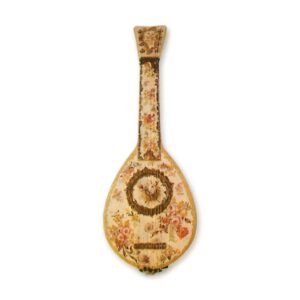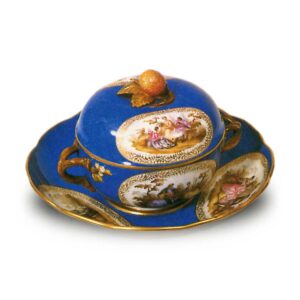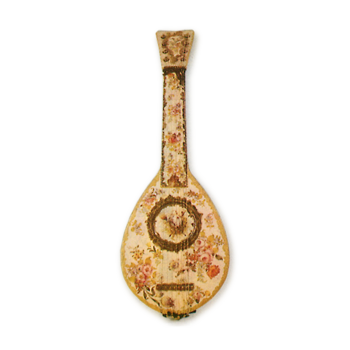

At the beginning of the 18th century, the alchemist Begger in Meissen, Germany, succeeded for the first time in producing hard pottery similar to Chinese porcelain. It was made by adding marble to clay and firing it, giving it a red color. In 1710, the Royal Saxon Porcelain Factory was established, the first porcelain factory in Europe. It was the first porcelain factory in Europe. The first decorations were made with enamels. Begger tried to get closer to Chinese porcelain, but died in 1719. His successor, Johann Gregor Herold, worked with the family to improve the porcelain, and in 1725 they were able to complete the underglaze blue technique. They learned about kaolin and added lime, such as marble, to it to make the base, but the lime was later converted to feldspar. These were kept as a closely guarded secret. Chinese porcelain and Japanese Arita porcelain were used as models at this time. After this, Meissen became the leader of porcelain in Europe in the 18th century. However, as porcelain began to be produced throughout Europe, Meissen’s position declined relatively. In England, the products of Meissen are called “made in Dresden,” in France “Saxe,” and in Germany “Meissen. Generally, Meissen is the name used for products made at the Royal Factory, while Dresden is the name used for products made at other small factories and workshops after 1770. (Savage, G., Porcelain, 1962, Weis, G., UlsteinPorzellbuch, 1966)


